Science 3.3
Scientific investigation and reasoning. The student knows that information, critical thinking, scientific problem solving, and the contributions of scientists are used in making decisions. The student is expected to:
- (1) analyze, evaluate, and critique scientific
explanations by using evidence, logical reasoning, and experimental and
observational testing;
- (A) represent the natural world using models such as volcanoes or the Sun, Earth, and Moon system and identify their limitations, including size, properties, and materials; and
- (B) connect grade-level appropriate science concepts with the history of science, science careers, and contributions of scientists.
- Free Plan
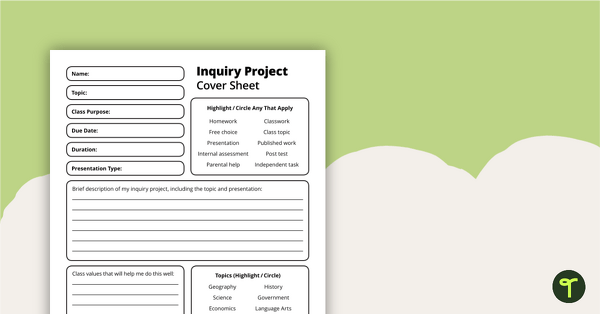
Inquiry Project - Template
A diverse template to help students craft inquiry questions to produce different types of research projects.
- Plus Plan
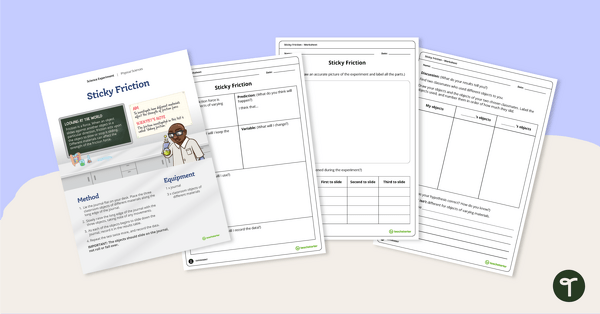
Friction Experiment - Sticky Friction
Use this engaging friction experiment when teaching your students about sliding friction and the effect it has on the movement of objects.
- Plus Plan
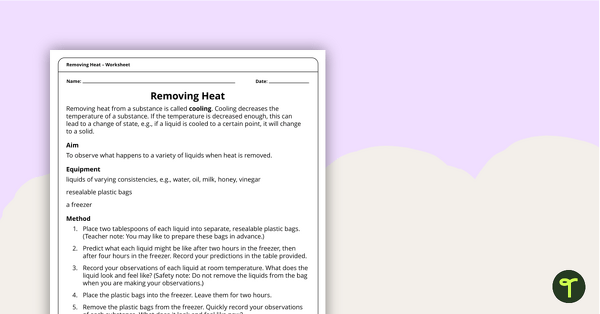
Removing Heat – Worksheet
An activity to demonstrate what happens to a variety of liquids when heat is removed.
- Plus Plan
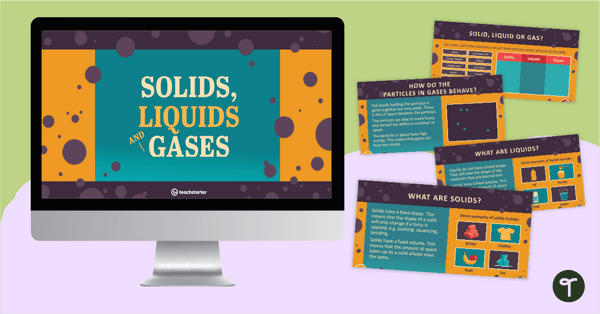
Solids, Liquids, and Gases PowerPoint
A 31-slide editable PowerPoint template to use when teaching your students about solids, liquids, and gases.
- Plus Plan
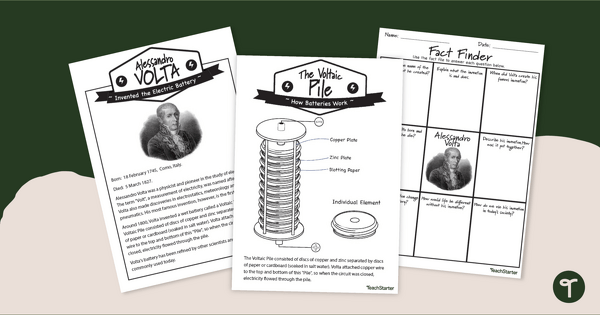
Famous Inventor Fact File - Alessandro Volta Comprehension Worksheet
Read and learn about Alessandro Volta and his amazing innovations with a Fact File reading passage and comprehension worksheet.
- Plus Plan
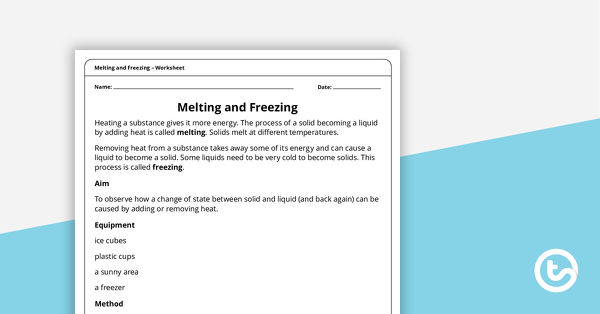
Melting and Freezing – Worksheet
An activity to demonstrate how a change of state between solid and liquid (and back again) can be caused by adding or removing heat.
- Plus Plan
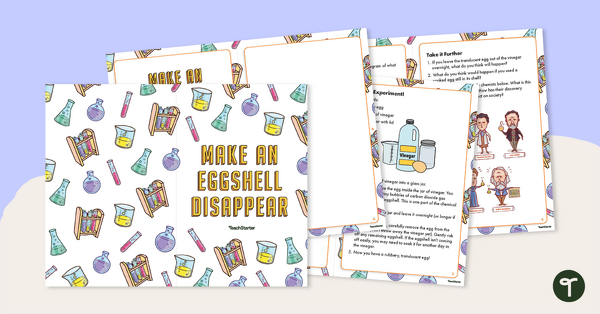
Make an Eggshell Disappear - Science Experiment Booklet
Investigate chemical reactions with this hands-on experiment booklet.
- Plus Plan
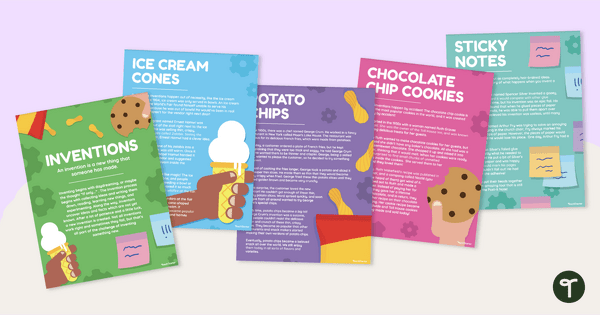
Accidental Inventions - Printable Posters and Reading Passages
Discover some of the world’s most famous (and accidental) inventions with a set of printable invention posters.